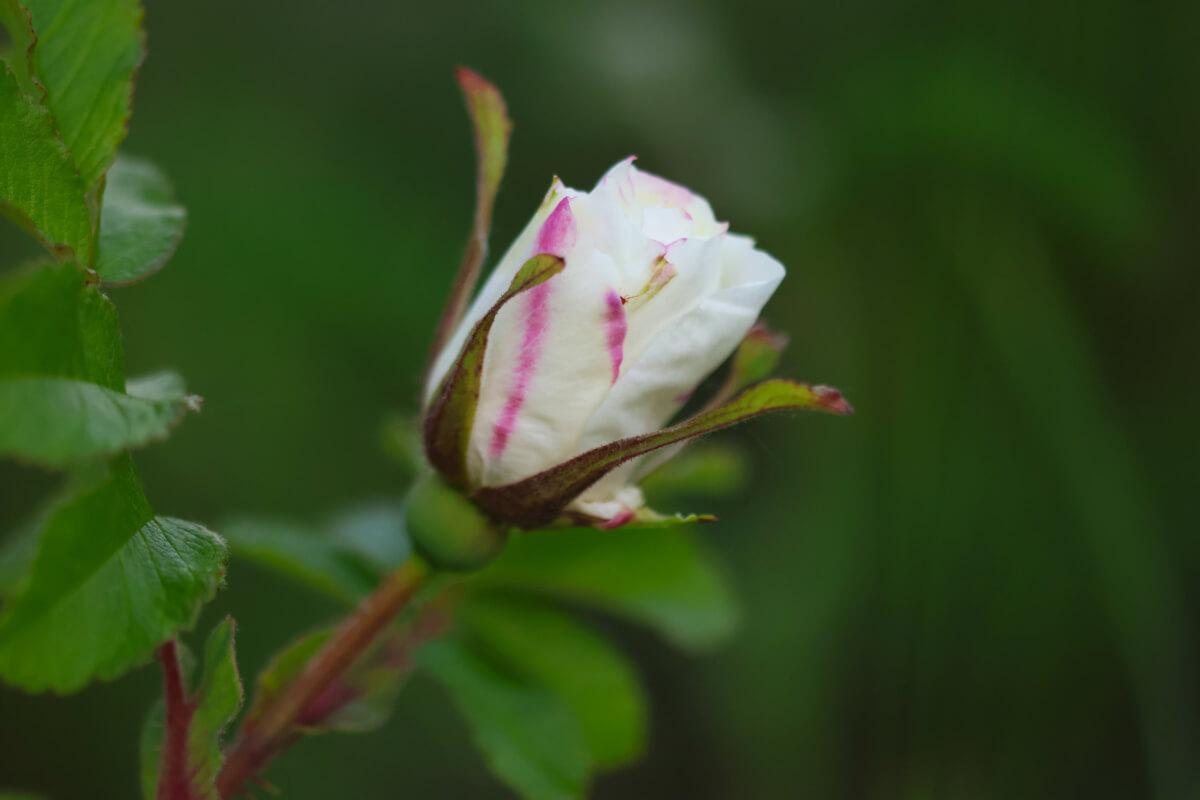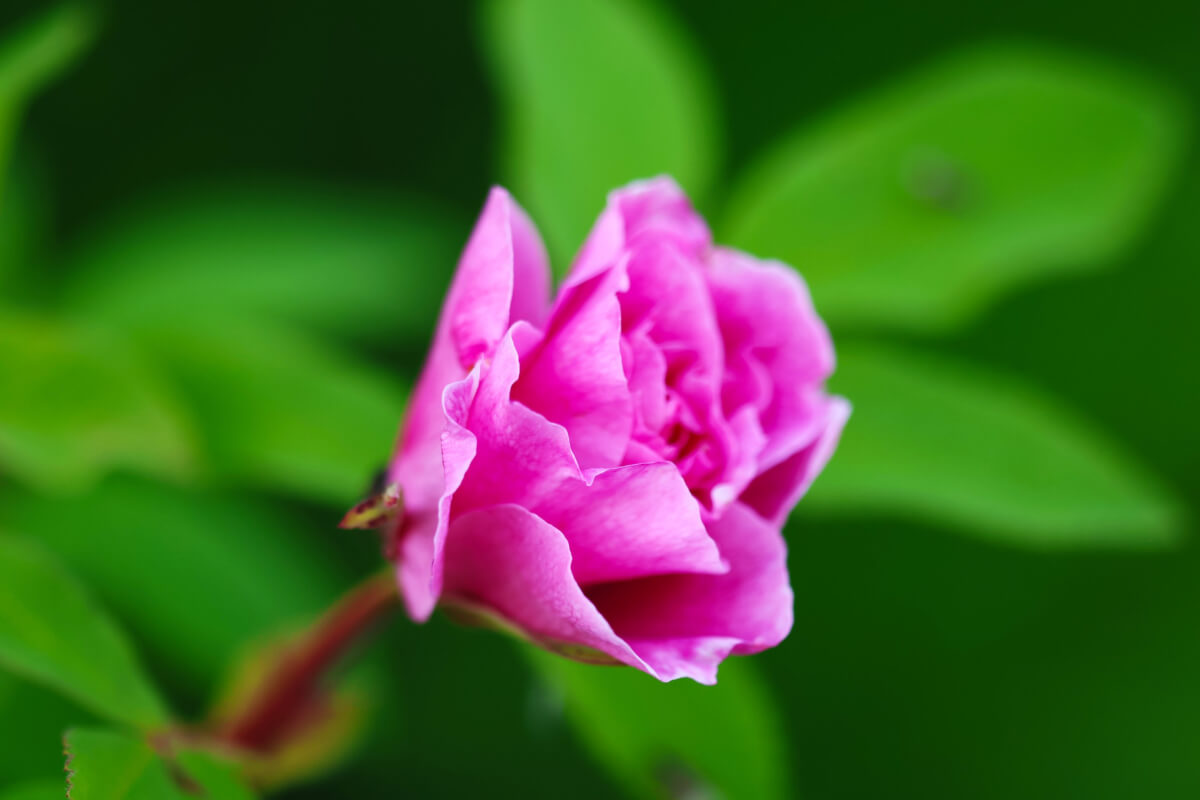It’s another flower Friday. And a holiday weekend to boot! We hope you have an excellent Independence day this year. For this special holiday FF, we’re going to feature a new flower that we’ve never featured for the occasion. The subarctic rose!
This elusive flower is thought by some to be an impossibility at subarctic latitudes. That’s not at all true! Several varieties exist that are hardy well into zones 2 and 3, our favorite being Therese Bugnet. Other extremely hardy varieties include Adelaide Hoodless, Marshall’s Peace Garden, Morden Blush/Centennial/Fireglow/Sunrise and Prairie Joy.
One of the most cataloged flower types, the rose features nearly 300 different species and literally tens of thousands of cultivars within those species. It is possibly the flower with the most cultivars on the planet! Roses have been cultivated, bred and developed from their wild counterparts for hundreds upon hundreds of years.
To indicate the cultivar’s descendance, many cultivars reference the original species in their name. This has helped to keep track of this vast and complicated landscape of rose cultivation. That said, many roses have many different species as their ancestors and thus might have unique names to indicate the new lineage. For example, our favorite Therese Bugnet, features parentage from at least two varieties of Rosa Ragosa and Rosa Acicularis. Rosa Acicularis is the wild rose commonly found growing across the subarctic, lower Alaska and Canada, thus the cold hardiness of this variety.
Likely gaining fame in the Roman era, wealthy romans often used the Rose to visibly display their excess and lavishness. In Roman mythology, the rose was sacred to the Goddess Venus, or the Goddess of love and beauty. According to mythology, Cupid (the son of Venus and the God of Desire) was said to drop nectar to the ground, after which a sea of roses emerged from the ground.
The symbolism behind the colors of a rose wasn’t a thing for another thousand (plus) years or so and comes to us courtesy of the Catholic ideology. It was the Catholics that deemed red roses the color of love, longing and desire. White the color of innocence and purity. Yellow the color of friendship and caring. And so on. Although these symbolic customs have fallen by the wayside in modern times, many are still deeply influenced by the symbolic interpretation of the rose’s color.
We are on our fifth season of successfully overwintering subarctic roses, so it’s very doable. They truly bring us a lot of joy when they bloom. Personally speaking, I love a plant that puts a lot of effort into its defense and those spiny thorns are a constant reminder of the respect this flower deserves. If you’re looking for some subarctic hardy roses, we are here to tell you it is a thing!




